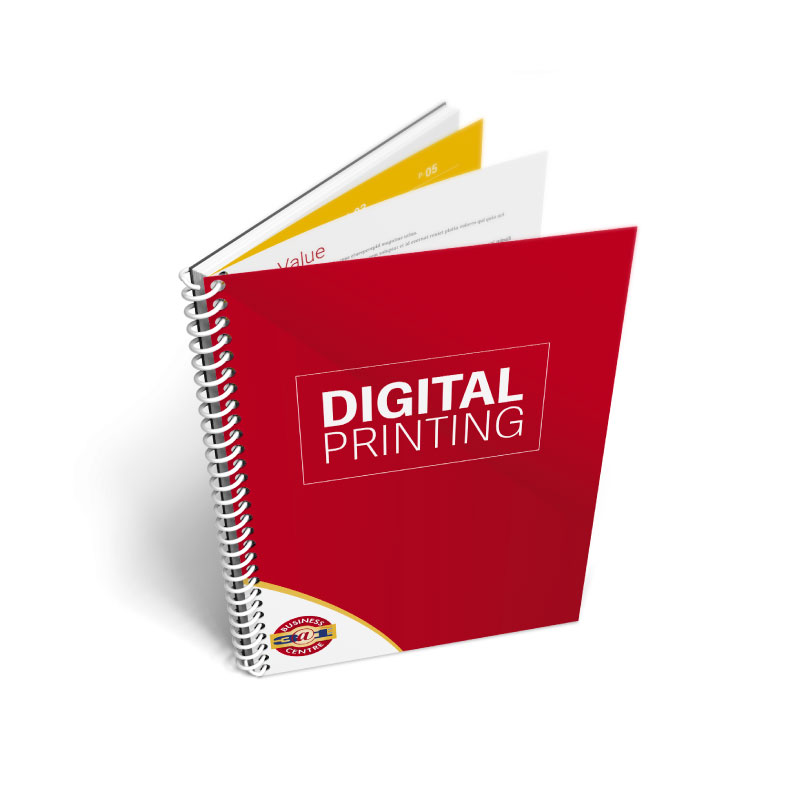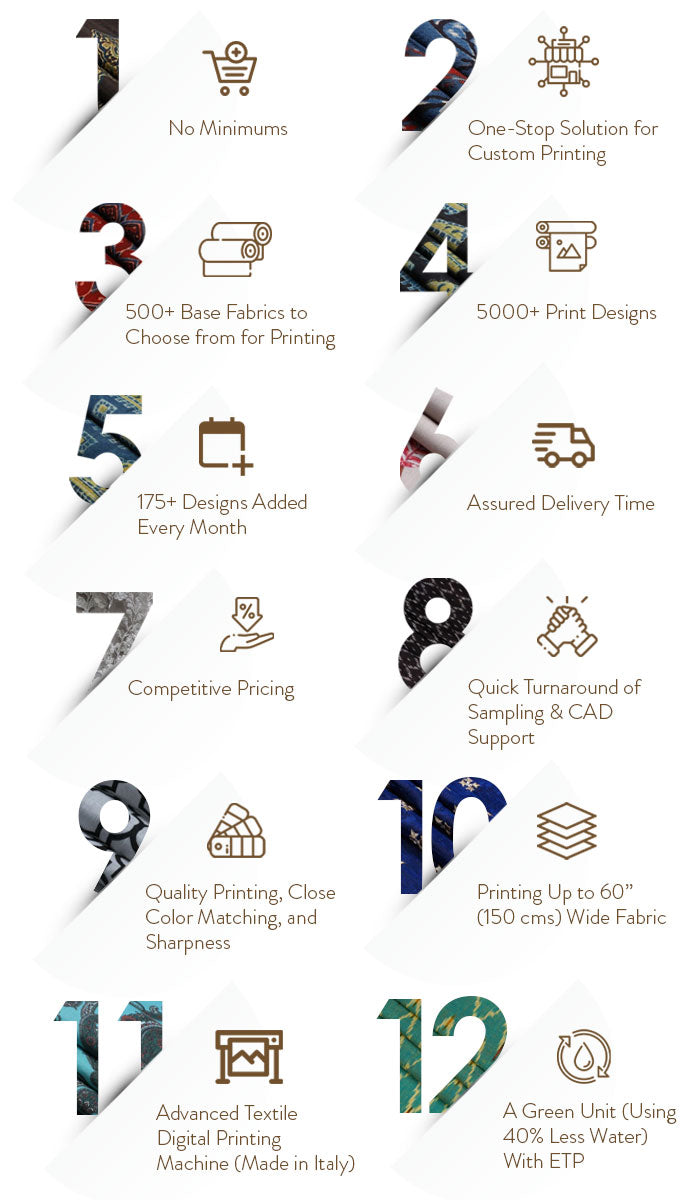Uncover the pros and cons of launching a print on demand shop through eCommerce.
Uncover the pros and cons of launching a print on demand shop through eCommerce.
Blog Article
Just How Digital Printing Boosts Personalization and High Quality for Your Projects
Digital printing modern technology has actually reinvented the world of mass customization and quality control. This cutting-edge tool allows for quick style modifications, eliminating the demand for costly plates or molds. Furthermore, it promotes on-demand printing, using the capability to create one-of-a-kind prints with differing text, pictures, and colors. With its high-resolution result and progressed color matching capacities, digital printing uses a variety of opportunities in producing visually attractive and regular products. The question continues to be: how can organizations efficiently utilize this innovation for their advantage?
Understanding the Basics of Digital Printing
While standard printing methods have their location, digital printing has revolutionized exactly how companies customize and improve their items. This approach involves translating digital pictures straight onto a variety of media like paper, plastic, material, or perhaps steel. Unlike traditional methods which need plates or blocks, electronic printing is a direct process, thus conserving time and sources. The strategy uses high-volume laser or inkjet printers, supplying superior precision, uniformity, and speed. Digital printing's shade precision is unparalleled, thanks to its ability to replicate a bigger range of shades. This makes certain a richer, more vibrant output that can considerably boost the last item's top quality. Digital printing offers the adaptability to modify the image with each impact, making it possible for tailored prints.
The Role of Digital Printing in Personalization
In the world of customization, digital printing has actually become a video game changer. This innovation enables swift adjustments in layout without altering the whole production process, conserving time and sources. Unlike conventional printing, there's no demand for plates or molds, making it feasible to tailor each print individually.
Digital printing makes it possible for on-demand printing, eliminating the need for big print runs. print on demand. This flexibility permits personalized outcome, fitting details customer preferences or company needs. With the ability to change text, pictures, or shade from one print to the next, electronic printing supports a high degree of modification. It assists in the manufacturing of variable information printing, such as tailored advertising products, further enhancing its role in personalization.
Just How Digital Printing Makes Certain High-Quality Result

Practical Applications of Digital Printing in Various Tasks
The premium result achieved via digital printing innovation opens a large range of applications in different projects. In advertising and marketing, electronic printing allows the production of vivid, accurate, and view website personalized advertising materials such as pamphlets, banners, and posters. Additionally, this technology has found a particular niche in the production of product packaging materials. It allows for the production of customized, premium tags and packaging, boosting brand charm. Digital printing also plays a considerable role in the publishing market, facilitating the printing of publications, publications, and newspapers. Furthermore, it is crucial in interior layout jobs, permitting the creation of distinct wallpapers and textiles. Therefore, the useful applications of electronic printing are huge, going across multiple markets and markets.
Expense and Time Performance of Digital Printing
While high-quality results and modification are essential benefits of digital printing, it is additionally worth noting its cost and time efficiency. Digital printing is affordable, especially for little print runs. Digital printing not only boosts the high quality and modification of projects however also offers substantial time and expense efficiencies.
Final thought

Report this page